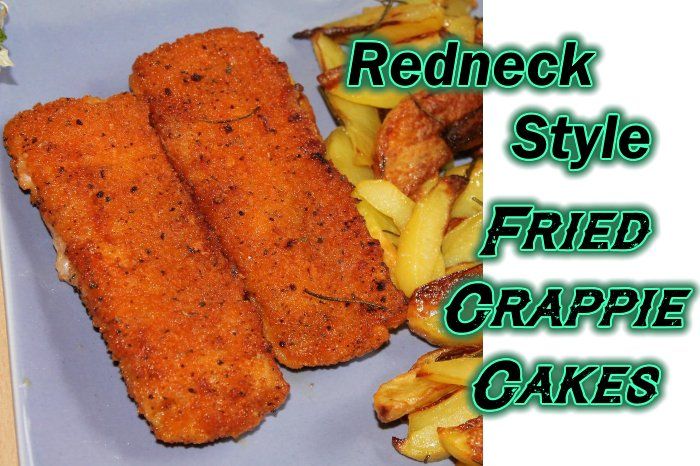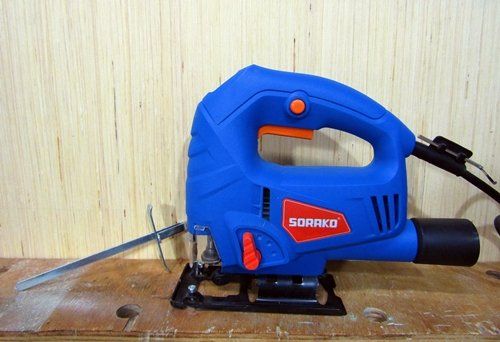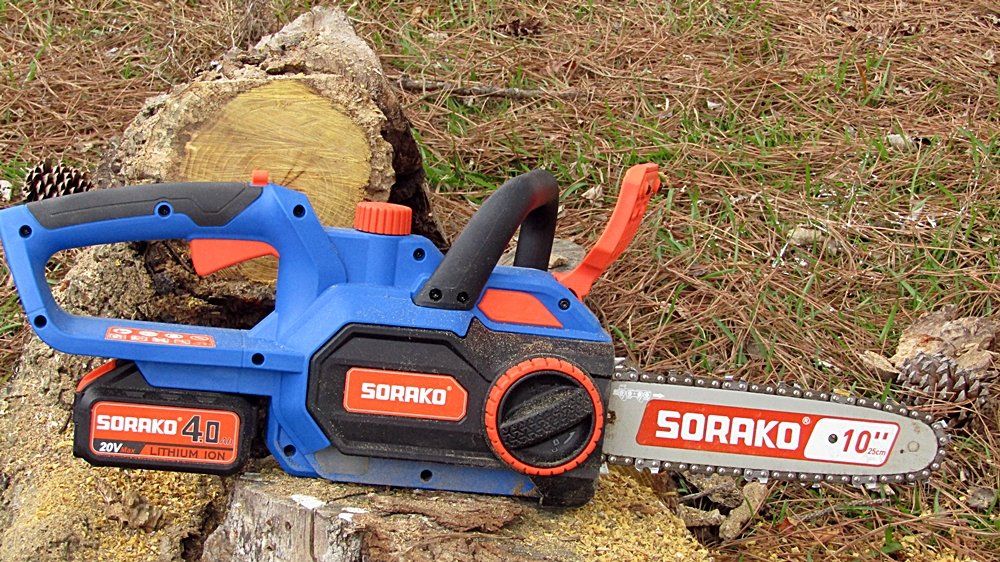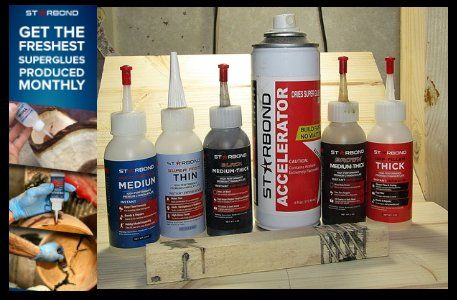Farm Pond Bass Fishing Tips
March 10, 2015
Tips and Tactics for Farm Pond Fishing Success
Farm ponds do offer excellent potential for bass fishing. Anglers that normally fish the larger lakes and other heavily fished bodies of
water will need to make adjustments to their fishing tactics as well as the bass fishing lures they use.
Many of the small farm ponds that are usually only thought of when one decides to go pan fishing or cat fishing, often hide great bass fishing potential. In some cases both largemouth bass and smallmouth bass can be found in these little out of the way ponds. And there are trophy size pond fish in these small bodies of water, which fight with an aggression that just can't be found by anglers in heavily fished lakes. However you have to go about catching them in a different manner than you would use in the lakes that are fished more often.
First things first, these ponds, unlike the larger lakes, are on private property so you can't just put your boat in the water and start fishing. Ask the owner of the land the pond is on for permission before you go anywhere near the pond or the pond fish. This is simply the polite thing to do. After all, you wouldn't care for people you don't know messing around on your land without your knowledge. And whether there is a "no trespassing" sign or not, if you are there without permission, you are trespassing. Once you have permission, please respect the privilege, take your trash with you, and don't damage the property. Do this and the owner may allow you many years of bass fishing enjoyment in a pond that may become a bass honey hole that many anglers dream of.
Now you have the pond owner's permission and you are ready to go fishing. Don't make a lot of noise; the bass in farm ponds are skittish of noises that a bass angler wouldn't think anything about when on a larger lake.
In most farm ponds, you won't be able to get a bass boat in. You'll have to opt for a Jon boat or a little one or two seater pontoon boat, and you won't want to use the gasoline motor anyway, as the noise will disturb the bass and any other fish in the whole pond, defeating the purpose of being there. Stick to a trolling motor at low speeds where you can use it. A lot of the time on farm ponds, I find that I have to pull up the trolling motor and use a paddle due to depth, underwater structures and weeds. When paddling, don't splash a lot, put your paddle in the water and push the boat forward pulling the paddle out gently to avoid loud splashing.
Like lake bass, you will have to pattern the largemouth and smallmouth that are in ponds. When it's hot, pond bass will be deep or close to cover, when cold they will be shallow and sluggish. You'll want to check water temperature just as you would when fishing a lake to help figure out what the fish might react.
Crank baits work well on pond bass when they can be fished out of Lilly pads and other hang up spots. Use a natural color, that resembles the bait fish that are in the pond, more often than not a pond bass will look at a day-glow chartreuse bait, and keep watching it go by never thinking about striking that crazy looking thing. One of my favorite lures to use on ponds is a hula popper, however the effectiveness on a farm pond is limited to early morning and late evening just as the sun starts to set. There's just nothing like patiently popping the hula almost losing where you are and what you are doing when the water around the popper opens up and a largemouth or small mouth engulfs the lure in a fury of aggression.
Bass jigs work well in farm ponds. The weed resistant nature of a jig make them an excellent choice for working around lily pads, grass and other such areas that a trophy largemouth or smallmouth might be hiding. A jig is versatile; it can be flipped, pitched or cast to a target area. Many different trailers can be used, plastic does well in warmer weather, but pork trailers stay more pliable in the winter months when the water temperature is cold. Pork trailers also work better in the warmer months when the water is stained or murky as they displace more water and make it easier for the bass to find.
All and all, the best all-around lure for pond fishing is plastic worms. You can fish them almost anywhere in the farm pond without too many hang-ups. Again try to keep the colors and styles natural, black, green pumpkin, and brownish colors seem to work well. I've had a lot of luck with the drop-shot when fishing for bass in ponds, and I've also had success with both Carolina and Texas rigs.
Every pond is different, and require different techniques to be successful. Experiment with different lures and casting styles until you find which works best in the pond you are fishing. I hope these tips give you a start to a great amount success and fun with farm pond bass fishing.
Redneck Know How Blog
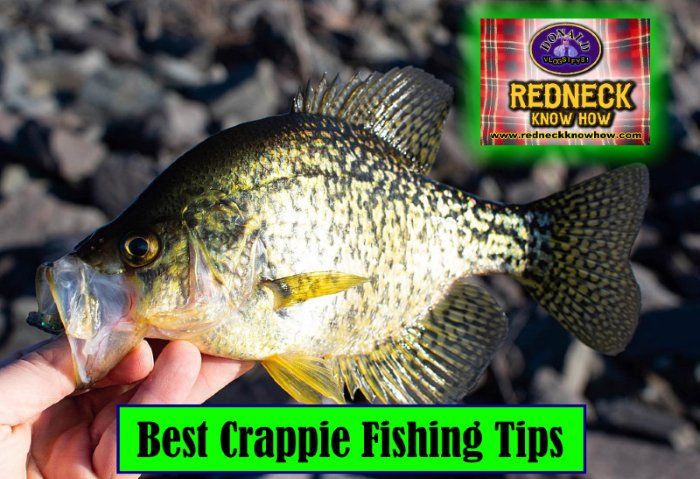
Every fisherman has his or her own favorite techniques to catch this beloved fish. Why is crappie, (or pomoxis, if you want to get scientific), are so beloved? Well, they give one heck of a fight when caught. A 2 lb. crappie can put up a fight to rival a bass of larger size. So catching them is fun. There is also the taste factor. Fried crappie tastes great.

Everybody seems to be in love with dovetails these days. Myself included. They look nice, feel nice, and they make the woodworker feel an overwhelming since of pride when he makes tight and even. Especially the hand cut dovetails. Dovetail joints can be produced with power tools. And there are dovetail jigs you can buy and make. It makes getting precise dovetails with no gaps a lot easier. But nothing feels more satisfying than finally getting hand cut dovetails tight and gap free. And for the record, I use the term, “gap free”, very loosely. I’d wager that even the best woodworker gets gaps in their dovetails no matter how hard they try. Maybe not as many as us new to middlin’ woodworkers, and certainly not as noticeable, but there are gaps in their dovetails. Nowadays, people use dovetails not only as a joint, but as decoration. A showpiece if you will to show off the craftsmanship of the woodworker. But the reality is that they were not originally meant to be pretty. They were utilized to hold pieces that were heavily used together. Such as drawers or other parts of furniture and other items that were constantly pulled or tugged on. In the example below, you can see how the angles of the dovetails will keep the joint from coming apart during the tugging of the drawer when opening it. This part of the joint is where the dovetail joint get’s it’s name. Often when used on boxes, the orientation of those angles are switched around, placing them on the front of the box as a decoration, and the pins of the joint is put on the side. Great for looks, not so great for function. Of course for most smaller boxes, the function of the dovetail really isn’t needed and using dovetails for looks is fine and an anesthetically pleasing way to show off craftsmanship. But let’s not give up on using the dovetail joint for utilitarian purposes when building boxes too quickly. They can be a great way to join a bottom to a box that will be holding heavier stuff, such as tool boxes. The angle of the dovetails can manage the stresses of carrying heavier items such as tools if you wish to maintain a *NO screws or nails* policy on your woodworking projects. Or you can use the dovetail joint along with screws for extra protection against the bottom dropping out. So the purpose of the dovetail is a lot more than to just make your woodworking look good. In fact, long ago, they were hidden. Simply a way to join parts and give them the strength to do what the item was meant to do, and be hidden when the drawer was closed. Using the dovetail joint for decoration is a modern thing. Which I have nothing against. I love to show off dovetails I’ve made nearly perfect. Well, in my eyes anyway. Roy Underhill and Paul Sellers would likely just look at them and grin, maybe chuckle at me being so proud of something so far from the skill level they have achieved.





